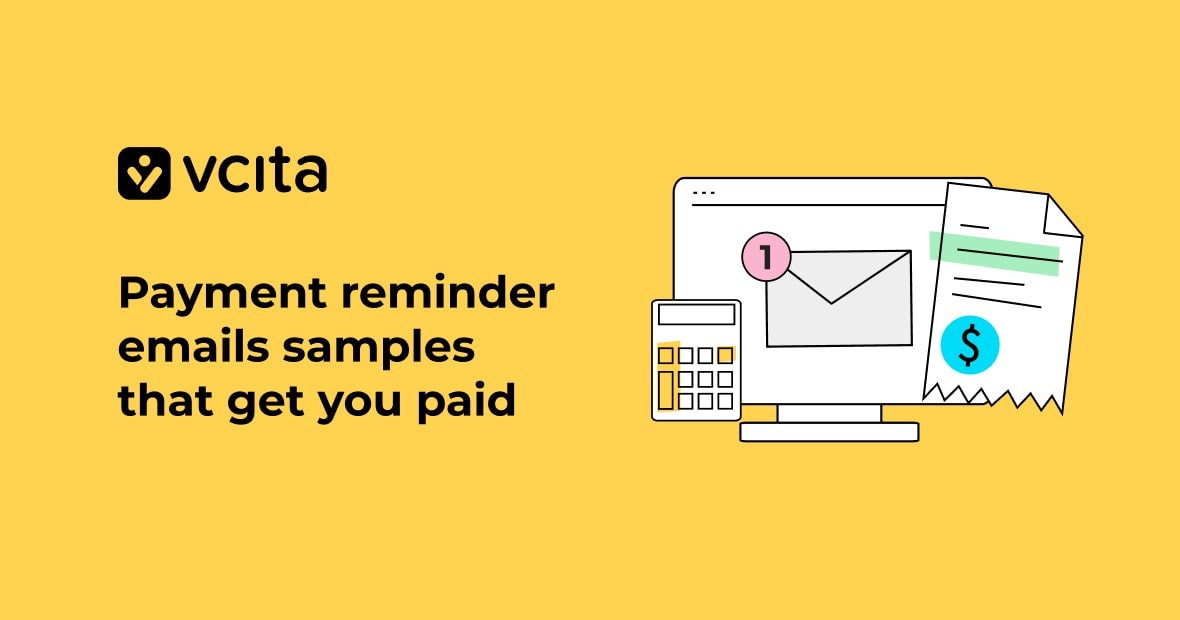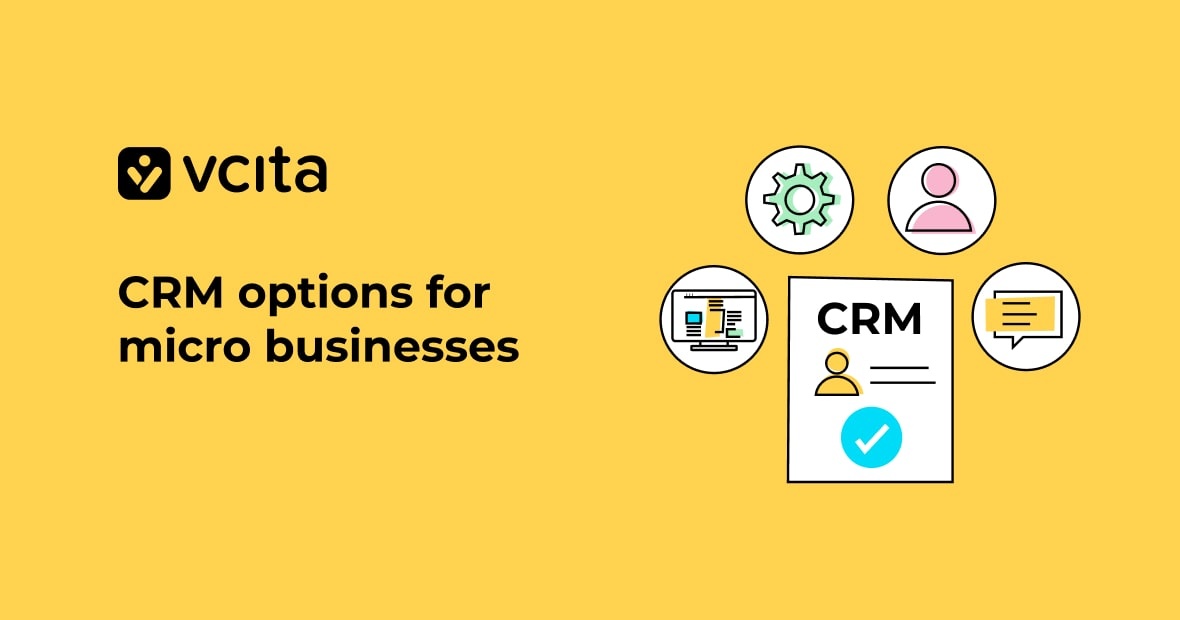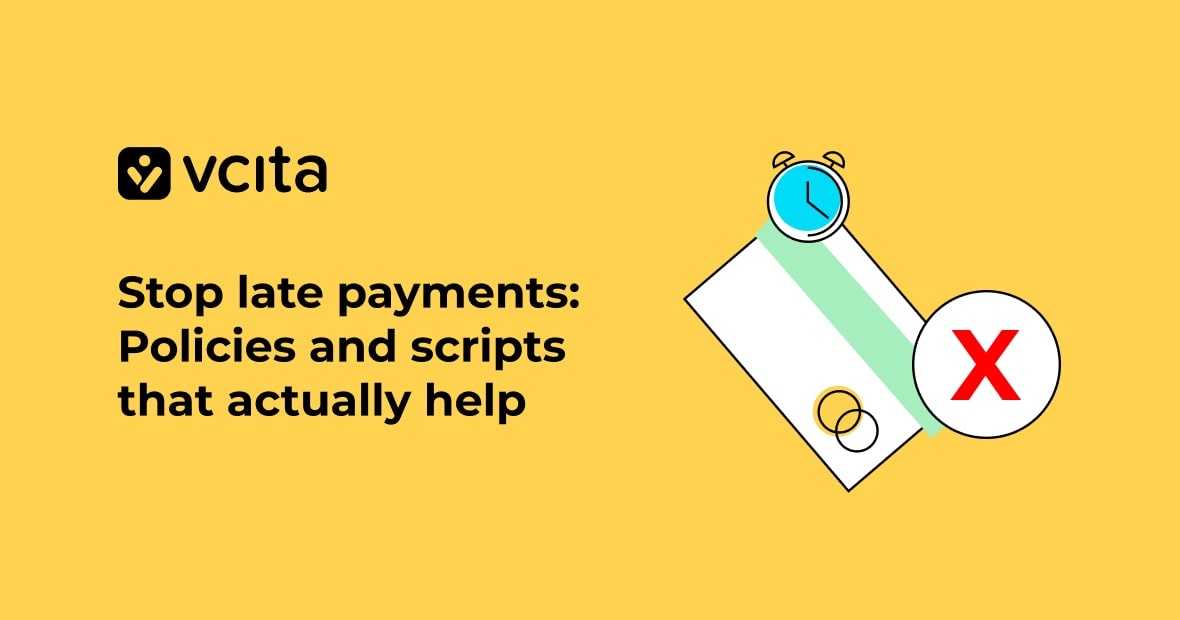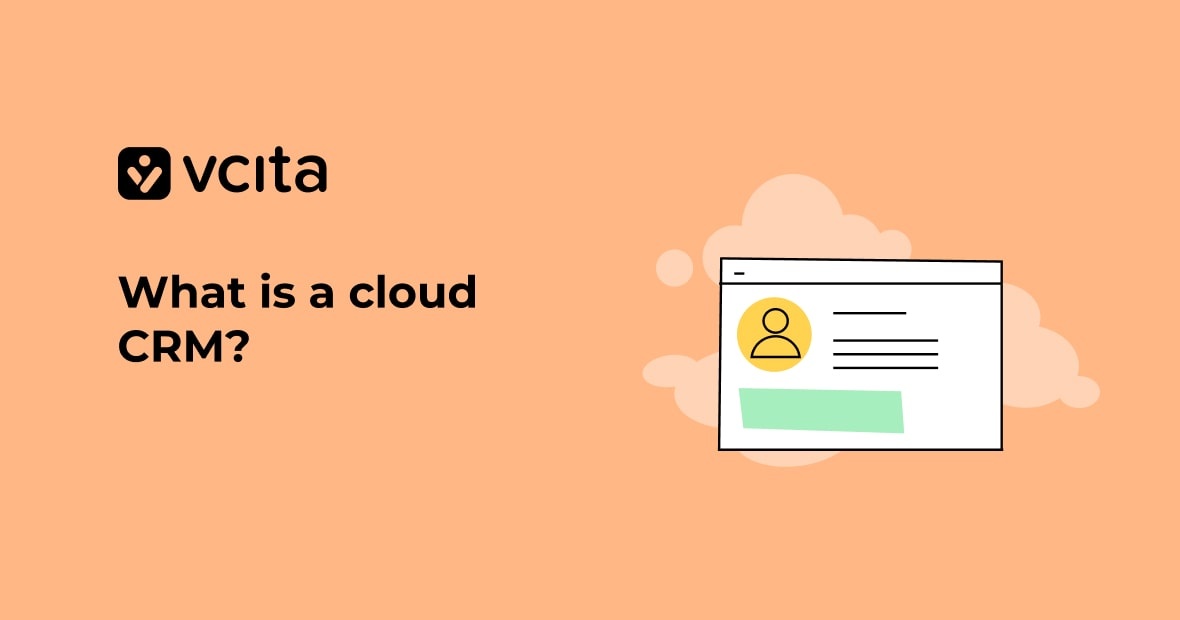In a perfect world, you’d be paid on time, every time, but unless you have a point of sale business model, you’re probably all too familiar with chasing payments from clients. It’s a chore, but sending payment reminder emails to clients is an important way to help keep your cash flow healthy.
If you cringe at sending payment reminder emails and letters, you’re not alone. A lot of business owners feel uncomfortable asking directly for payment. But remember that it’s really a professional courtesy to send them, as long as they’re worded nicely and sent promptly. In addition to helping remind clients that they have outstanding invoices, payment reminders can help you clear up any invoicing errors or payment issues, and warn clients about upcoming measures like late fees or collections. Having a system for sending them is the first step in making it a habit!
Timing your payment reminder emails is key
The best payment reminder emails are both effectively worded and effectively timed. Ideally, you should structure your reminder schedule around the payment terms in your contract. It’s a good idea to send a payment reminder shortly before the due date of the invoice, one shortly after, and then regularly after that. But how soon before the due date you’ll send them (and how often to follow up) will depend on your payment terms.
Payment policy: a brief overview
Payment policy spell out when and how you and your client agree you should be paid, and what happens if you aren’t. They should be included in the contract your client signs at the beginning of your work together, so they’re enforceable later. Here are a few main points to consider:
- How long of a window will you give? Your invoice should include the window of time a customer has to pay you—terms like Net 30 and Net 15 are good shorthand, but it’s nice to spell it out in plain language, like “Payment is due 15 days after receipt of this invoice”
- Will you offer an early payment discount or impose late fees? Either way, you’ll need these in the contract before you begin work. Early payment discounts are nice if you can afford them, but late fees help you recover some of the cost of the extra time you spend chasing unpaid invoices. Make sure to do a little research on the law in your area as there are often legal restrictions on what late penalties you can impose.
- When will you escalate and how? You may decide to work with a third-party collection agency or get legal help if the outstanding amount is significant and you’ve been waiting a long time for it. This should be a last resort, after you’ve exhausted all other options.
Having payment terms will also help keep your communications professional. When you have real consequences you can enforce, it will prevent you from feeling powerless over your clients’ willingness (or unwillingness) to pay you.
General info to include in your payment reminder email
Clients sometimes need payment details for their own records. If you include all of the relevant information in your payment reminder email, you’ll minimize the chances that your client will have to ask you for it.
In the subject line, include your business name and the invoice number. A good example might be “Payment reminder: [business name] [invoice ####].” That way, your client can see exactly what invoice is outstanding from the subject line alone, which is especially helpful if you email them multiple invoices. See also what information to include from you invoice template configuration.
In the body of the email, include:
- A copy of the invoice
- due date of the invoice and amount owing
- a link to a payment
- accounts receivable statement of all outstanding invoices for that client, if applicable
- reminder of any payment terms coming into effect, such as late fees
Also make sure you have all your contact information in your email signature, so they can get ahold of you another way if they need to.
4 payment reminder email samples to clients for due or over due invoices
It’s a good idea to vary the wording of your email depending on when you’re sending it. A payment reminder email sent before an invoice is due will be much different than a payment reminder letter sent six months after the due date.
Remember that no matter how long it’s been, calm professionalism is key. Clients are much more communicative when they can count on you not to be hostile, which is important if they need to negotiate a payment plan or extended due date. While you should be careful with how much you’re willing to compromise, it’s occasionally a good idea to do so to maintain your professional relationship. Below are a few different scenarios to consider, and how to word your payment reminders for the best results.
Friendly email reminder #1: before the invoice is due
Sending a gentle reminder email to your client for payment a few days before the invoice is due will help remind those clients who just got busy and forgot. For clients who prefer snail mail, this can also double as a template for a friendly payment reminder letter. If you offer an early payment discount, consider including an additional reminder about when their early payment discount expires.
Subject line: Payment reminder: [business name] [invoice ####]
Text:
Hello [client name],
Just a friendly reminder that [invoice ####] is due on [due date]. The balance due is [amount outstanding]. You can view your invoice here: [link to invoice].
[Optional: There are still X days left to take advantage of your early payment discount!]
Please feel free to contact us if you have any questions or concerns.
Regards,
[your name]
Polite email reminder #2: shortly after the invoice is due
This email should come a few days after the invoice was due, to nudge clients who still haven’t paid you yet. If you have a late fee, you can send a modified invoice. You could also let them know if you’re giving a short grace period and, if so, when the late fee will take effect.
Subject line: Payment reminder: past due [invoice ####] for [business name]
Text:
Hello [client name],
I’m contacting you to check in on overdue [invoice ####], which was due on [due date]. The balance due is [amount past due]. You can view your invoice here: [link to invoice].
[Optional: We are extending you a grace period of three days, after which we will apply a late fee of X%]
Please let us know when we can expect payment, or if there are any issues we can help resolve.
Regards,
[your name]
Strong email overdue reminder #3: the client has multiple overdue invoices
You may have encountered this scenario if you have larger corporate clients that you invoice frequently. In these situations, it’s best to give your client a list of their accounts receivable and consider if you have the flexibility to negotiate payment terms. This is particularly likely if you’re sending weekly invoices, but your client has a monthly cheque issue schedule. Here’s an example of a reminder with more formal language for this scenario:
Subject line: Payment reminder: past due invoice [invoice numbers] for [business name]
Text:
Hello [client name],
Please be advised that [invoices ####, ####, ####] are currently past due. Your total amount owing is [amount outstanding]. I’ve attached a summary of your accounts receivable for your review. You can view your invoices here: [link to invoices].
Please remit payment as soon as possible. We appreciate your prompt attention to this matter.
Regards,
[your name]
Payment reminder #4: invoices long overdue
If your client hasn’t paid you back after a number of months, you’ll need to decide how to escalate the situation. This may depend on the client, but it’s a good idea to have a default rule for when and how you’ll do it. It might include stopping work with clients you invoice regularly, taking their debt to a professional collection agency, or getting legal advice if it’s a significant amount.
It’s worth noting that you should also attempt to contact your client by phone and mail before taking any drastic measures. A payment reminder letter with the attached text, in addition to the email, underscores the seriousness of your message—you can use this text as a sample letter as well. This email needs to be firmer in tone:
Subject line: Urgent: past due invoice [invoice #### for [business name]
Text:
Hello [client name],
Our records show that [invoice ####] is now [number of days overdue]. We are writing to request urgent payment for the the total outstanding balance of [amount past due]. You can view your invoice here: [link to invoice].
At this point, we will need to escalate the issue further if we don’t hear from you in the next few days. Please contact us as soon as possible to arrange payment.
Regards,
[your name]
Thank you email for payment received
You should always send a thank you email after your client pays an invoice, regardless of whether or not it was paid on time. This serves not only as an important way of maintaining rapport with your clients, but also is an additional record of your having received their payment.
Subject line: Payment confirmation for [business name] invoice [invoice ####]
Text:
Hello [client name],
Thank you for your payment of [business name] [invoice ####]. We appreciate your business and look forward to working with you in the future!
Regards,
[your name]
A few additional tips
- Tracking and recording
Remember that it’s important to update your accounts receivable records once you get paid. There’s nothing more embarrassing than sending a payment reminder for an invoice that your client has been paid for! - Automating your payment reminders
One solution to this is sending automatic payment reminders with software like vcita. That way, you’ll only need to decide the reminder schedule, and the legwork of sending them out will be done for you. Invoicing software makes it easy to attach a link to your online payment portal right from the email, so your client doesn’t have to hunt up any payment information. Once your client’s invoice is paid, the software will update your records automatically.
Payment reminders aren’t just an administrative task; they’ll help your business stay afloat! If you invest a little time in organizing them, you’ll see a huge return on that investment in better cash flow and smoother client relationships.




























